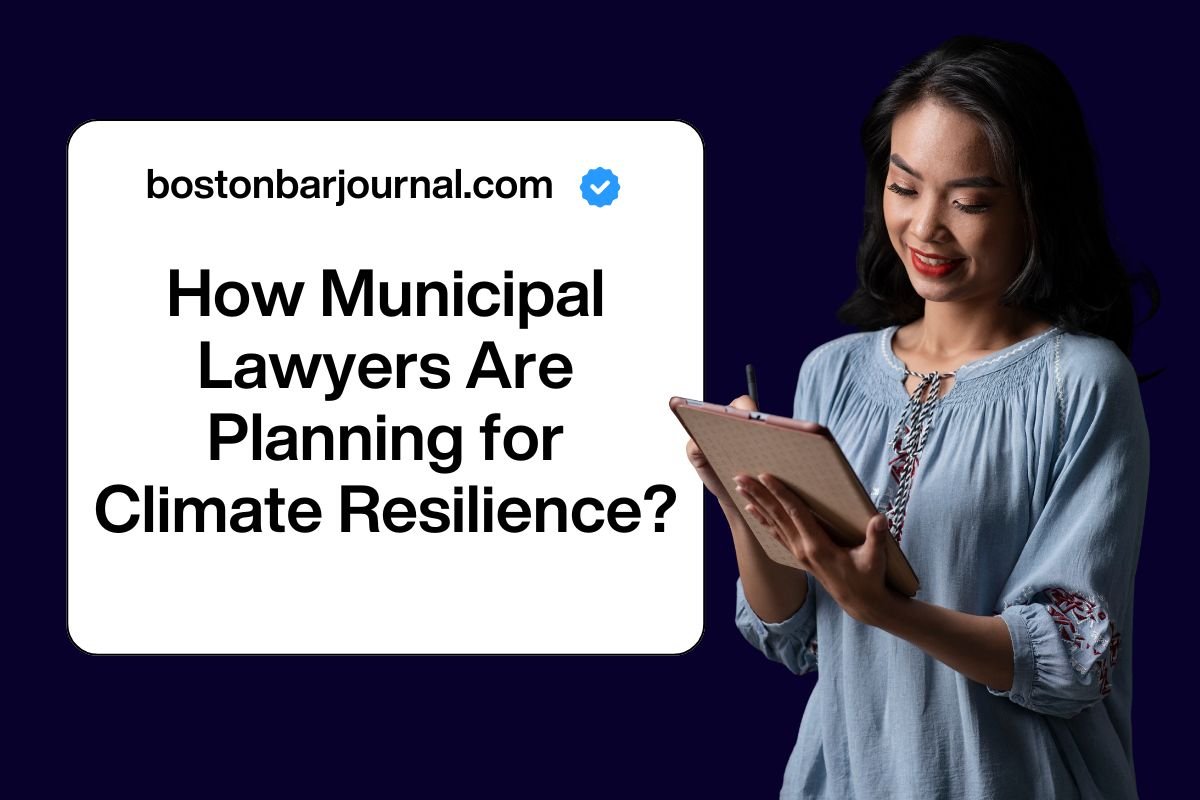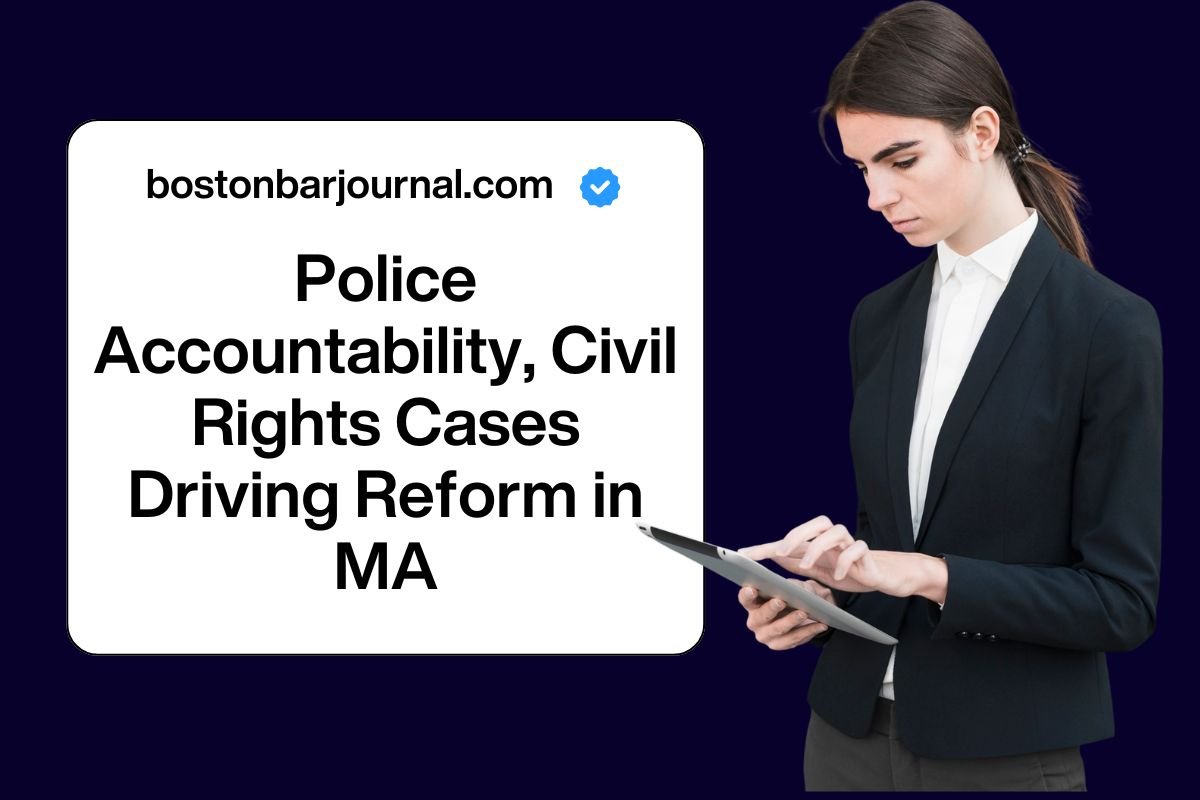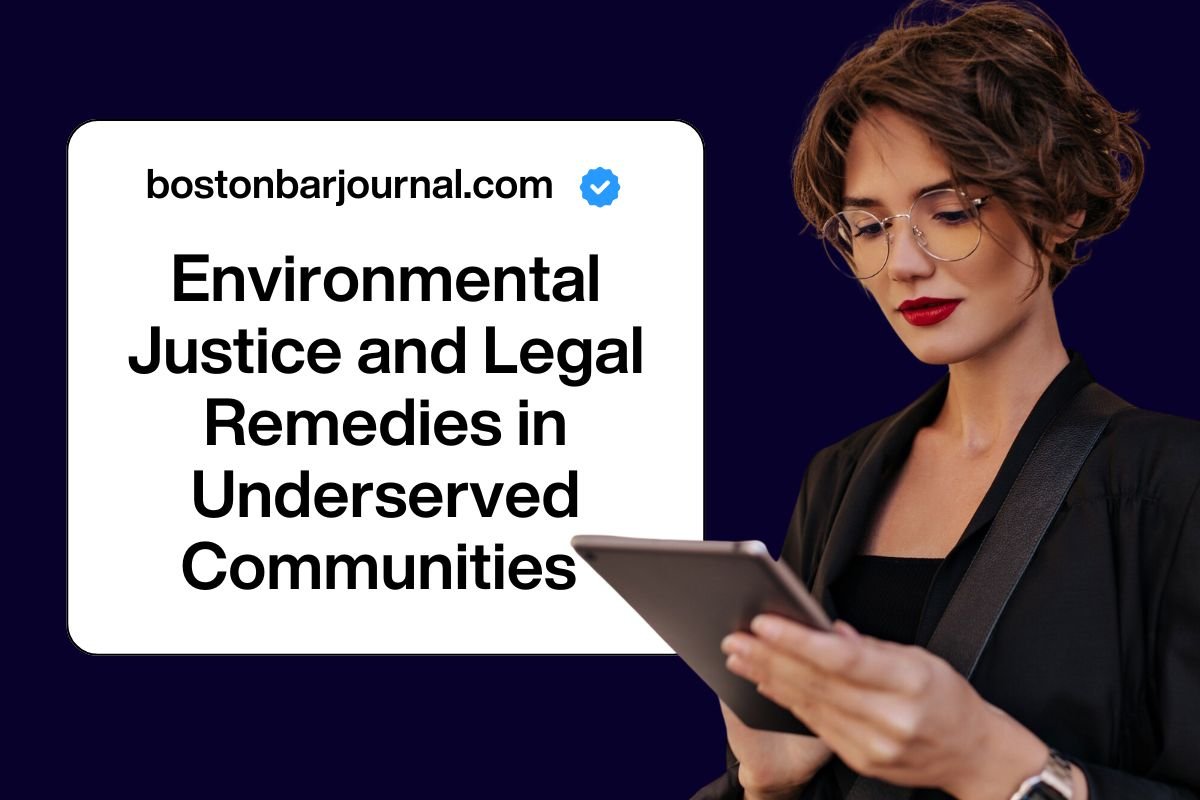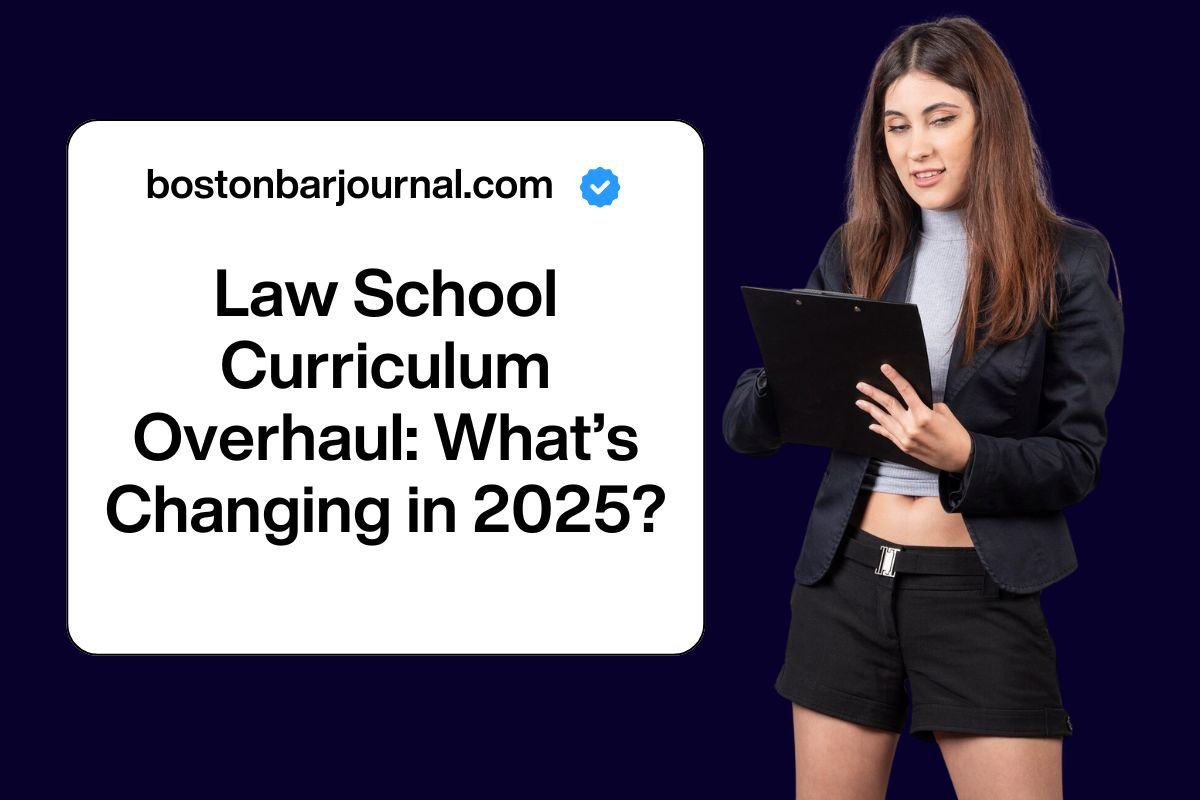In the US, Municipal attorneys are taking main footsteps in addressing climate variation. Municipal lawyers have a chance to counter the fight counter to climate variation by supporting climate responsive factors in bonds, city codes, and many tactical plans.
Around the world, we can observe numerous signs of the increasing impact of climate change, including droughts, hurricanes, wildfires, and other climate-related changes. Over the last two decades, we have seen numerous natural disasters due to the changing climate worldwide. If these changes continue in the climate, then we may see several big disasters in our country.
How Municipal Lawyers Are Planning for Climate Resilience?
International efforts are very weak in reducing the harmful effects of greenhouse gases. Due to the increasing intensity of climate-related disasters, we have to take action to do something, both private and public sectors.
The US has introduced a new federal law funding board initiatives to decrease the emissions of greenhouse gases. Also, many state and local agencies have adopted several action plans against climate change and have set a target to decrease emissions to net zero.
Many actions have been taken against climate change, and many remain much remains to be done. It could be a dramatic improvement in the Municipality’s environmental impact by incorporating language into contracts and continuing to govern procurement, developing project management, and use of land; these factors could play a major role for the improve in improving the climate across the country.
City Attorneys as Climate-change Fighters
State and local governments do not have any approach to handle these changes in the climate. Municipalities should know and identify both long-term and short-term measures so that they can increase their ability to face climate change and adverse climate events. These measures depend on the kind of geographic land and several other factors to find out the correct way.
Some facts that can help us control several changes in the climate:
- We should improve the public transportation first, and make our communities ahead for more bike and pedestrian-friendly.
- We must make a way so that people can use electric vehicles throughout the city and public places, and make charging points for all motorists who live in the city and work here. It could be a reason to reduce the harms of changing in climate change.
- Promote building seawalls and upgrading the drainage system for water.
- And the last thing is that, provide an exemption in the tax that people can encourage private sector businesses and property owners to make measures of their own.
Struggles to reduce the effects of climate variation should be important in the local government’s inclusive plan, zoning orders, and economic capital. Many cities have their work strategy against climate change, they use of climate action plan (CAP) to guide the mission for local mitigation efforts.
Even without a CAP, there are many sources and several local efforts to fight against climate change in developing countries, and regulations that can help address the climate issues. Local efforts are powerful in the first step to face these changes in the climate and several ways.
Incorporating Climate Goals into Contracts and Regulations
The municipal lawyers must be aware of the local administration’s climate connected areas when recruiting and studying planned contracts and their guidelines. Assimilating climate parts into permissible forms and laws could have a great impact and be a critical part of applying a city’s climate act strategy.
Though, even if the municipality has not accepted a CAP yet, agreement relations and regulations supplies that focus on the ecological effects can pave the way to a better and improved prospect. City lawyers can join a net-zero attitude in bonds and guidelines, with their necessities exactly meant at the future development toward the net-zero target.
Founding Climate Goals in Construction Bonds
According to the climate report of the US, around 38% of global carbon dioxide production came from the structure and operation of buildings in 2020. Yet, the old-style values of repair found in building indentures do not openly need workers to include climate variation extenuation or version events. As a result, the government objects and their workers usually build amenities deprived of climate linked dangers or decarbonization in attention.
Some instances of sections municipalities can comprise in agreements for the building of public projects include:
- The independent must need to encounter clear net zero purposes, including attainment net zero standards at several points in the plan.
- Worthwhile the worker for meeting zero purposes, in its place of punishing the worker for failing to encounter them.
- Recommending performers for the organization of structural waste related to the projects.
Climate Goals in Procurement Contracts
It must be ensured that purchases that have been made by the local government are responsible for the environment. Municipality must reflect that obtaining gear, provisions, and other resources from bases that need less transport, use supplies or mechanisms that are reprocessed or sensibly sourced, and that reflect the supplier’s or producer’s promise to sustainability.
Additional Local Government Contract
Local governments occasionally use several amenities that could be dangerous for our environment, such as high-energy practices or ecological influence, including landfills, institutes, jails, or treatment centers. Lawyers may be complicated in recruiting separate contracts or clauses that are part of wider bonds to address materials such as retrofitting facilities with energy effectual uses, schemes, and illumination.
It reduces the single-use plastic by sellers in lunchrooms and other feasting facilities. It is a founding landfill organization that performs actions that decrease damaging greenhouse gas production and other opposing climate influences.
Climate Goals in Planning, Zoning, and Building Codes
Many cities are already including climate-friendly landscapes in their preparation and zoning, without unavoidably having a synchronized tactic to climate change extenuation. For instance, municipal plans and zoning regulations usually provide for preserved open places and set sideways land for parks.
More implanting new trees and defensive standing trees, and including bike paths, footways, and other pedestrian concerns in the landscape, into the road organization.







